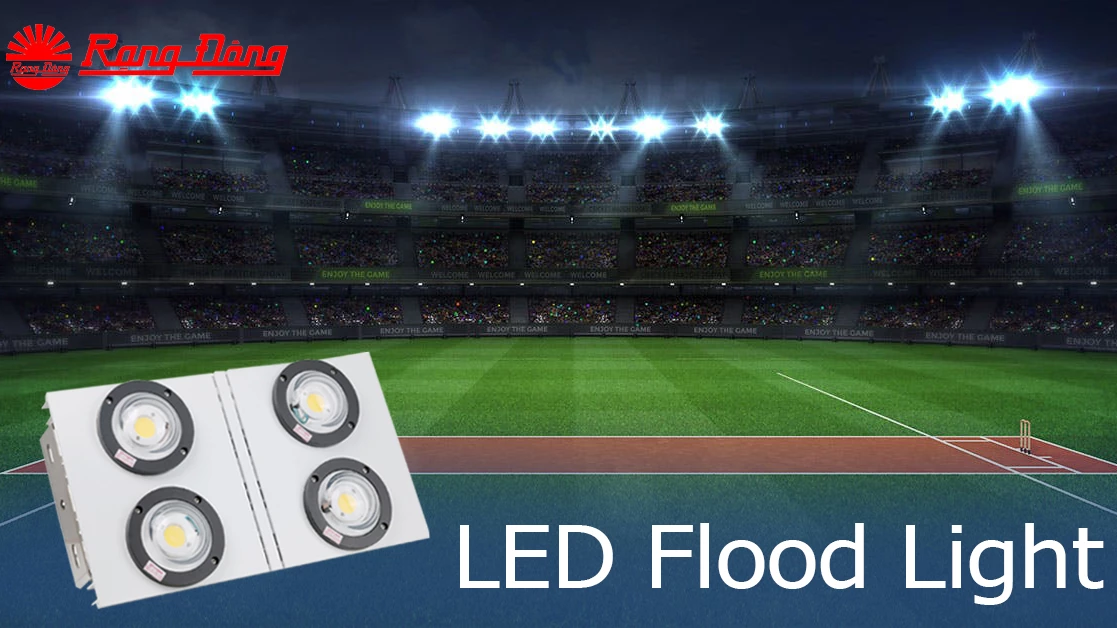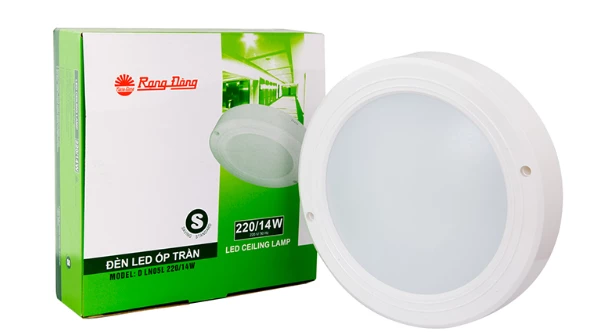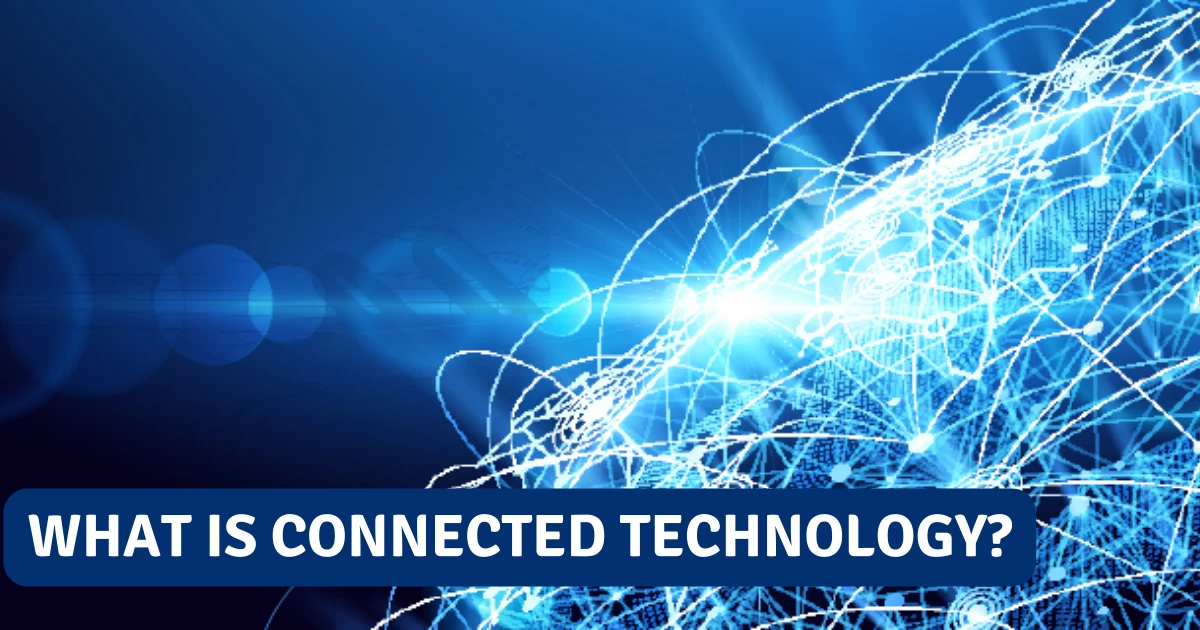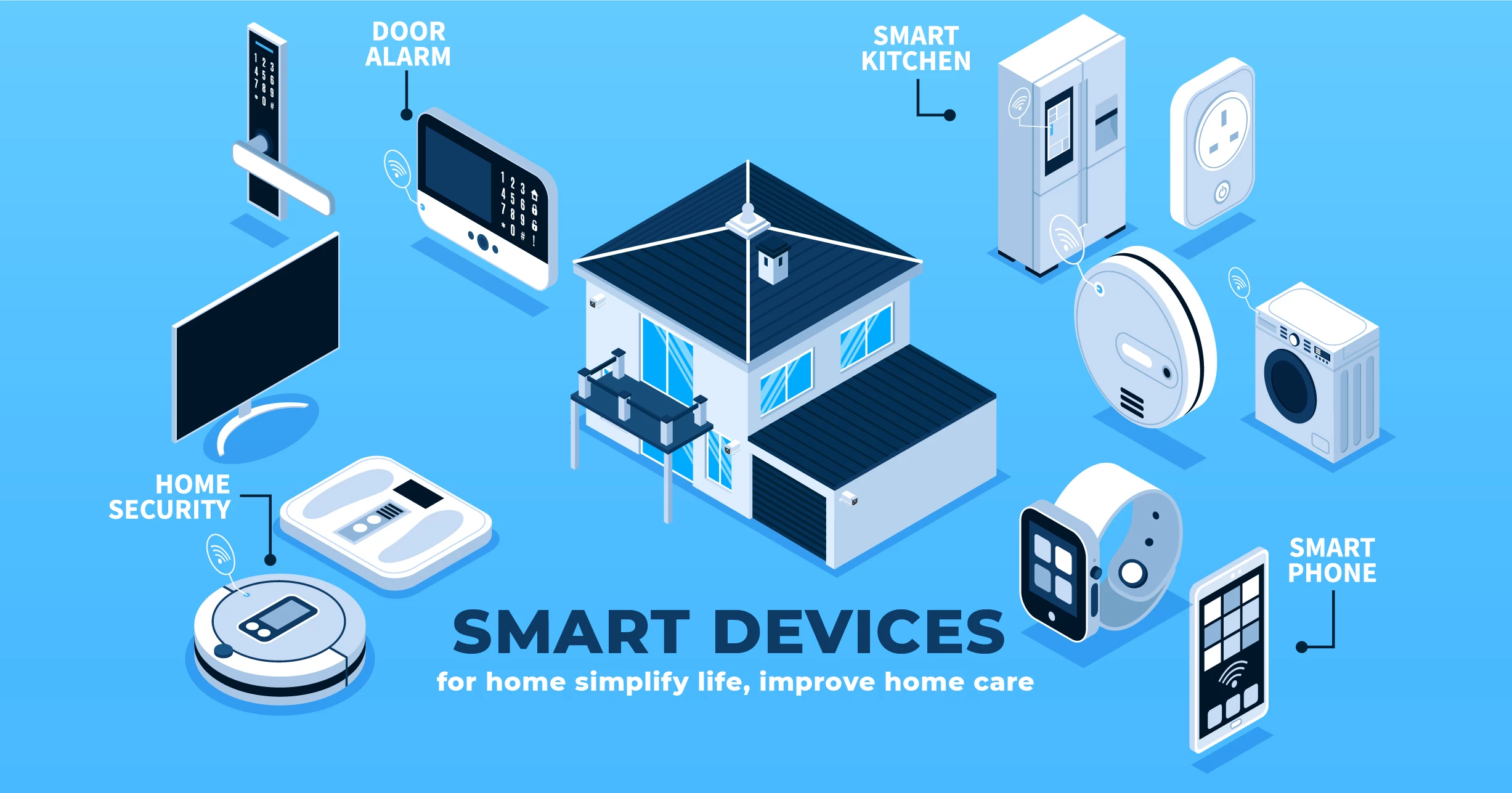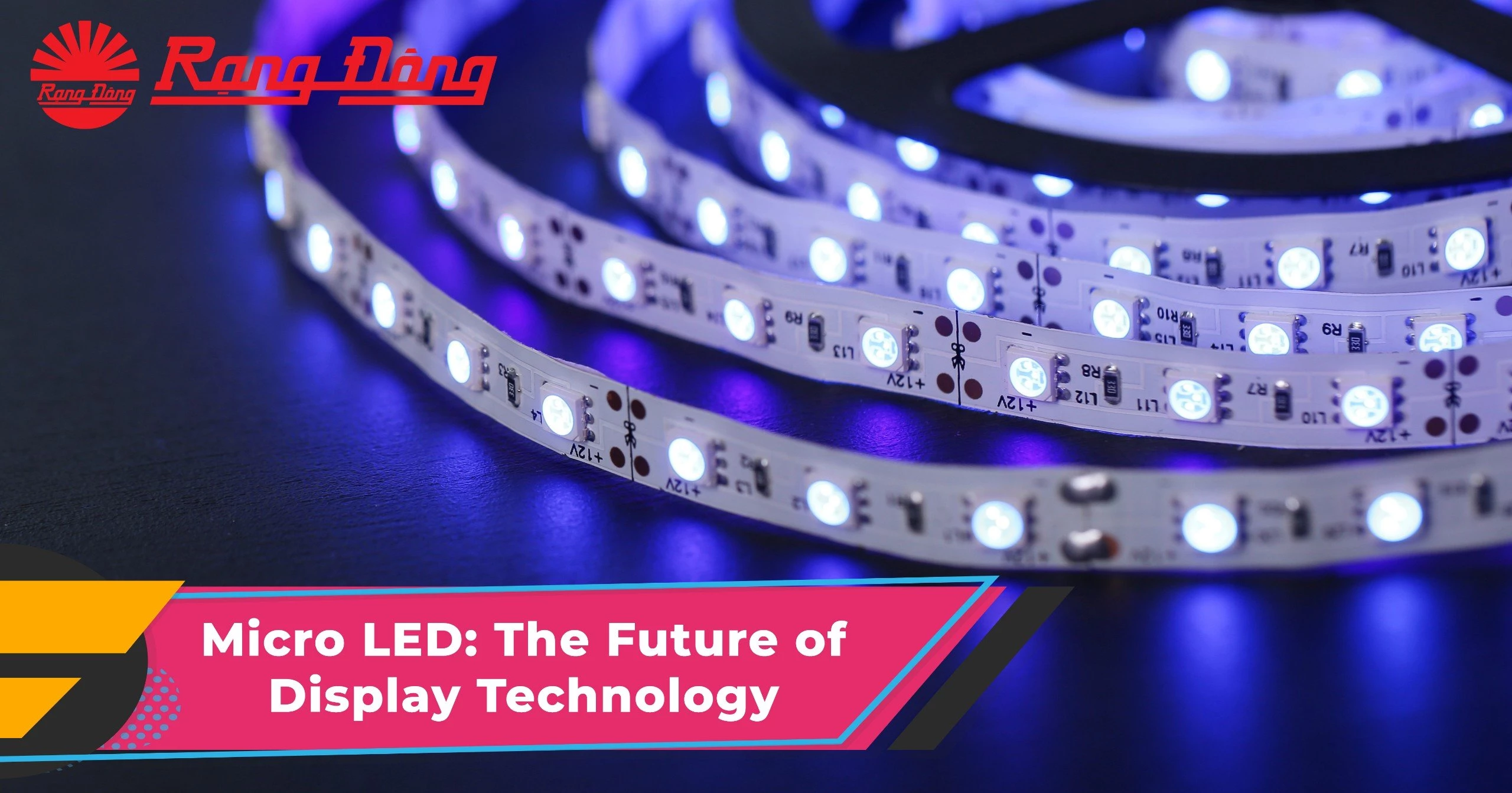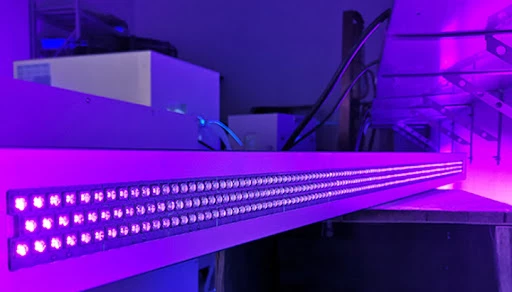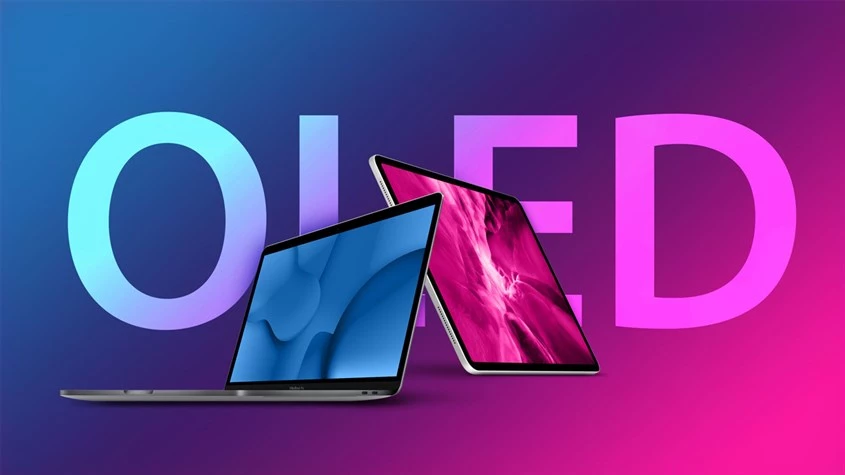
Nanotechnology in lighting creates design freedom
In the realm of technological advancement, nanotechnology has emerged as a powerful catalyst, transforming industries and pushing the boundaries of innovation. One such arena witnessing a remarkable metamorphosis is lighting design. In this article, we will explore the huge impact of nanotechnology in lighting, how nanomaterials and nanoscale LEDs are reshaping the possibilities of illumination as well as potential advantages that may happen in the future.
Nanotechnology is science, engineering, and technology conducted at the nanoscale, which is about 1 to 100 nanometers. Nanoscience and nanotechnology are the study and application of extremely small things and can be used across all the other science fields, such as lighting, chemistry, biology, physics, materials science, and engineering. In lighting, nanotechnology brings a number of advantages.
Enhanced efficiency and color precision
The application of nanotechnology in lighting has brought significant changes, enhancing lighting efficiency.Nanomaterials such as quantum dots can be used to raise Quantum dots have the ability to emit light at specific wavelengths, allowing for precise control over the color output of lighting fixtures.
Nanotechnology also enables the integration of sensors into lighting systems, allowing for real-time monitoring of lighting conditions and automatic adjustment of brightness levels to optimize energy usage.
The application of nanotechnology in lighting also enhances color accuracy. By harnessing the unique properties of nanomaterials, lighting designers are achieving more vibrant and faithful color reproduction, enhancing the visual appeal of illuminated environments.
Flexibility and design freedom
Beyond its efficiency gains, nanotechnology creates

Nanotechnology can creates light into a nano-scale spot.
Besides, nanotechnology facilitates the miniaturization of lighting components, allowing for their integration into smaller and more compact devices, such as wearable electronics or microscale lighting systems.
Prolonged lifespan and reduced maintenance
The impact of nanotechnology on lighting isn't merely superficial; it delves deep into the realm of longevity and durability. Nanoscale coatings form an armor that shields lighting components from the clutches of degradation. This protective embrace extends the lifespan of lighting products, reducing the need for frequent replacements. The implications are far-reaching, reducing e-waste, conserving resources, and alleviating maintenance burdens.
Future potential
Ongoing research in nanotechnology may lead to the development of new nanomaterials or nanoscale structures with even higher efficiency, greater flexibility, and enhanced functionality for lighting applications.
The integration of nanotechnology with other emerging technologies, such as artificial intelligence or the Internet of Things, can enable intelligent lighting systems that adapt to user preferences, optimize energy usage, or interact with other smart devices.
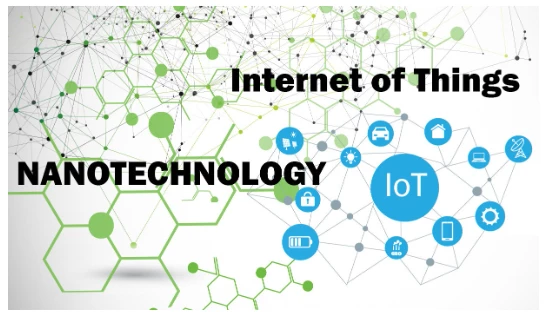
The integration of IoT and nanotechnology in lighting field brings many benefits.
Nanotechnology may offer new avenues for sustainable manufacturing processes, such as the use of environmentally friendly nanomaterials, reduced resource consumption, or the development of recyclable lighting components.
In conclusion, the integration of nanotechnology into lighting design marks an epochal shift, an era defined by heightened efficiency, boundless design innovation, and enduring luminosity.
Should you have any questions or request a quotation of Rang Dong products, please send us an email to: export@rangdong.com.vn.
Websites: en.rangdong.com.vn and vacuum flask.rang dong.com.vn.



